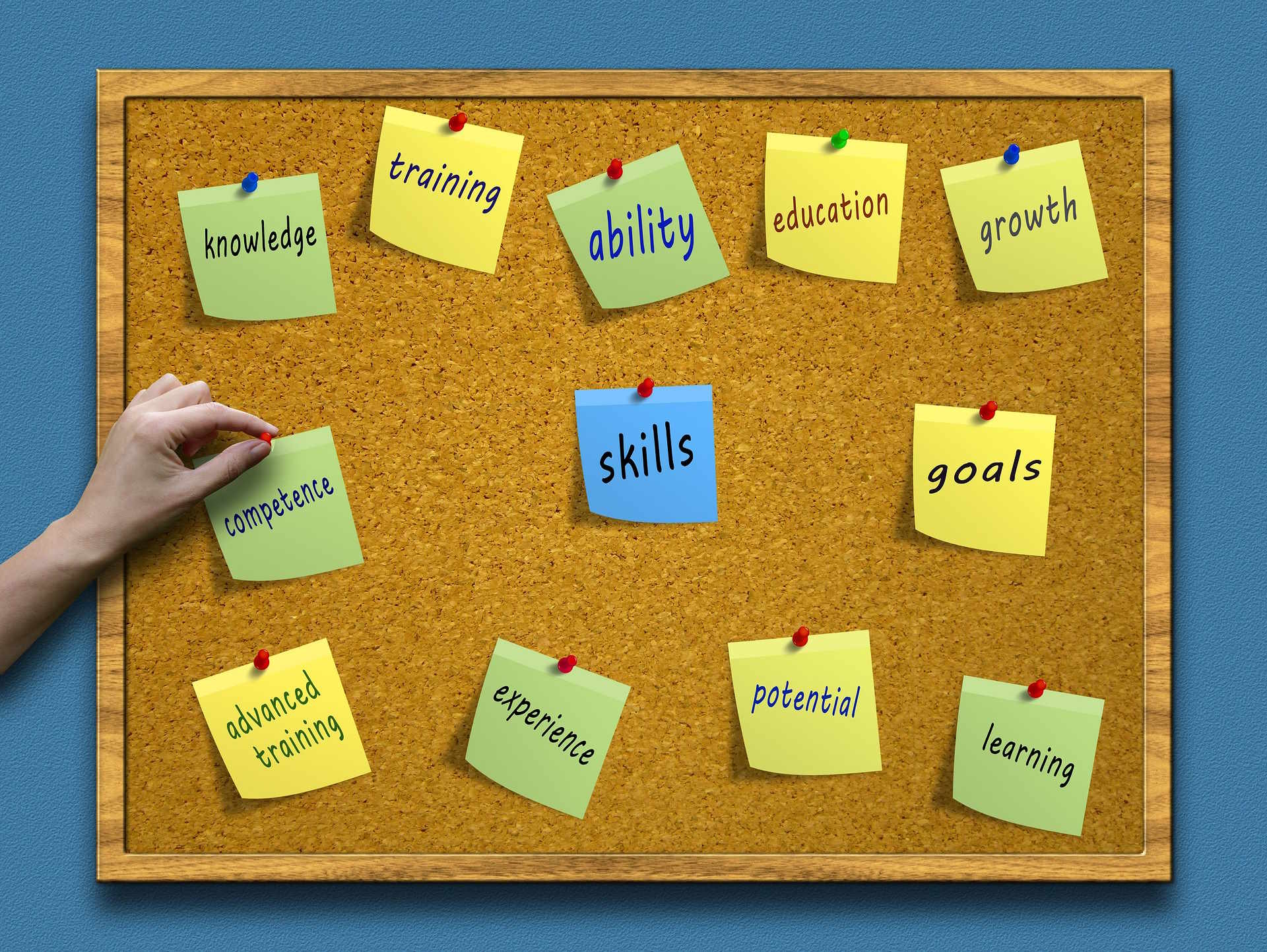Building mentorship networks to support professional growth
Mentorship networks connect experienced professionals, peers, and learning resources to support sustained career development. By combining personalized guidance with structured learning pathways—such as reskilling, upskilling, certifications, apprenticeships, and internships—these networks help individuals adapt to changing labor markets and improve long-term employability.

Mentorship networks connect experienced professionals, peers, and learning resources to support sustained career development. By combining personalized guidance with structured learning pathways—such as reskilling, upskilling, certifications, apprenticeships, and internships—these networks help individuals adapt to changing labor markets and improve long-term employability.
How can mentorship support reskilling and upskilling?
Mentors help learners identify specific skill gaps and choose pragmatic pathways for reskilling and upskilling. Through goal-setting, feedback loops, and review of practical work, mentors translate abstract training outcomes into on-the-job competencies. Regular mentor-led check-ins encourage accountability and help learners refine priorities when balancing short courses, microcredentials, or longer programs. In addition, mentors can recommend project-based activities that mirror workplace challenges, accelerating the transfer of newly acquired skills into practical contributions.
What role do certifications and microcredentials play?
Certifications and microcredentials serve as verifiable evidence of skill attainment that complements mentorship narratives about capability. A mentor can advise which certifications carry recognition in a sector, how to align credentialing with career goals, and how to document learning outcomes for recruiters or managers. Microcredentials are especially useful for targeted skill boosts; mentors can integrate them into individualized learning plans so that short, focused credentials stack into a broader professional profile over time.
How do apprenticeships and internships fit mentorship?
Apprenticeships and internships create structured settings where mentorship is embedded in daily work. Supervisors and experienced colleagues act as mentors by modeling practices, offering formative feedback, and clarifying role expectations. When these placements intentionally pair learners with trained mentors, the result is faster skill consolidation and clearer pathways to continued employment or further study. Mentorship during hands-on placements also connects vocational theory to routine tasks, improving retention and practical judgment.
How to use vocational training and credentialing effectively?
Vocational training and credentialing focus on job-ready skills, and mentorship ensures those choices map to real career opportunities. Mentors can evaluate program quality, point out employer-preferred curricula, and advise on combining credentials for complementary strengths. Effective mentorship helps learners place vocational achievements within a narrative of growth—presenting credentials alongside project work, internships, or portfolios so that credentialing becomes part of a coherent employability story rather than a standalone item.
How does networking strengthen employability?
Networking expands awareness of opportunities, industry expectations, and informal learning channels that mentors often mediate. Mentorship networks grow from professional associations, alumni groups, and interest-based communities; they provide introductions to project collaborators, referees, and hiring contacts. Structured networking activities—peer cohorts, mentorship circles, and facilitated panels—help members practice communication, receive referrals for internships or collaborations, and learn about pathways for reskilling or credentialing. Sustainable networking emphasizes reciprocity and ongoing engagement.
How to build digital skills and sustain mentorship networks?
Digital skills are increasingly essential across sectors, and mentorship accelerates practical adoption by combining guidance with hands-on tasks. Mentors can suggest accessible online courses, recommend project exercises, and review digital portfolios or demos. To sustain mentorship networks, use a mix of one-to-one mentoring, peer groups, and community forums hosted on digital platforms that support scheduling, resource sharing, and progress tracking. Clear expectations—regular meeting cadence, learning goals, and defined feedback methods—help maintain momentum and ensure digital upskilling aligns with broader career objectives.
Conclusion Mentorship networks integrate personal guidance with formal learning options—reskilling, upskilling, certifications, microcredentials, apprenticeships, internships, and vocational credentialing—to strengthen employability. By combining targeted training with networking and practical experience, these networks help professionals develop relevant digital skills, make informed credentialing choices, and navigate changing career pathways with sustained support and shared expertise.





